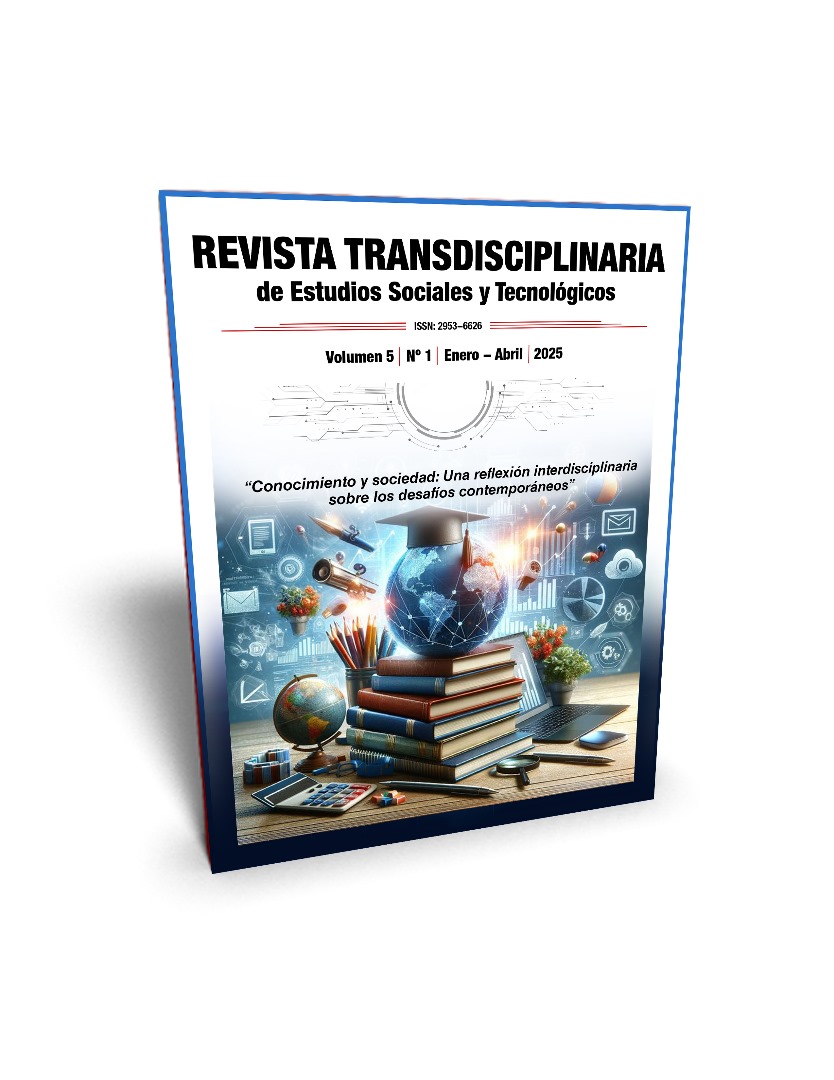Characterization of cognitive performance in patients diagnosed with idiopathic focal epilepsy
Palavras-chave:
Epilepsy, cognitive performance, profile, psychosocial factorsResumo
This research focuses on epilepsy; this disease is closely associated with significant psychological and social consequences for daily life. The objective is to characterize the cognitive performance of patients with idiopathic focal epilepsy. Methodology, an analytical observational study was developed in the Neurology and Neuropsychology Service of the Clinical Surgical Hospital: “LucíaÍñiguezLandín” in Holguín, from October 2022 to December 2023. The universe consisted of patients over 19 years of age with a diagnosis of epilepsy who They went to the aforementioned service. The sample was selected by intentional sampling that included patients with a diagnosis of idiopathic focal epilepsy and excludedpatients with cognitive impairment attributable to other degenerative or acquired neurological conditions and consisted of 65 patients. The 60.00% of the patients were between 25 and 40 years of age and were male. 76.00% were below the average when evaluating attention, in visuo-spatial memory 60.00% were below the average, patients with deficits in regulation and control, as well as planning, predominated. And organization by 64.00% for both cases. Conclusions: Attention, visuo-spatial memory, regulation and control; and planning and organization turned out to be the aspects most affected in the cognitive performance of patients with idiopathic focal epilepsy.
Downloads
Referências
Browne, T. R., & Holmes, G. L. (2019). Manual de Epilepsia. Wolters Kluwer Health España.
Conde, Y. A., Díaz, D., Conde, M., Reyes, I. C., & Conde, B. D. (2013). Epidemiología clínica de la epilepsia en la población adulta del municipio Sancti Spíritus. Hospital Provincial General Camilo Cienfuegos. Sancti Spíritus. Gaceta Médica Espirituana, 15 (2). http://scielo.sld.cu/pdf/gme/v15n2/gme04213.pdf
Celorrio, S. Y., Labrada, Y., & Rodríguez, L. R. (2017). Características clínico epidemiológicas de la epilepsia de debut en adultos del municipio Las Tunas. Rev Cubana Neurocirugía, 7(1),34–42. http://www.revneuro.sld.cu/index.php/neu/article/view/325
González, C., Solovieva, Y., & Quintanar, L. (2012). Neuropsicología y psicología histórico-cultural: Aportes en el ámbito educativo. Revista de la Facultad de Medicina, Universidad Nacional de Colombia 60(3), 221-231. https://www.researchgate.net/publication/262515719_Historical-cultural_neuropsychology_and_psychology_Aiding_the_educational_setting
López, B. (2022).Trastornos Neurológicos II. Neuropsicología en la epilepsia. https://cv.uoc.edu/annotation/f48b9d08122ad520dae7408a0b5953b2/676222/PID_00245769/PID_00245769.html
Organización Mundial de la Salud. (2023). Trastornos Neurológicos desafíos para la salud pública. https://www3.paho.org/hq/index.php?option=com_docman&view=download&category_slug=epilepsia-otros-transtornos-neurologicos-7357&alias=51-trastornos-neurologicos-desafios-salud-publica-1&Itemid=270&lang=en
Orellana, D., & León M. (2021). Prevalencia de epilepsia y convulsiones en niños y adolescentes en la Fundación Pablo Jaramillo durante el año 2019. (Tesis de grado). Universidad de Azuay.
Pérez, C., & Barr, W. (2023). Neuropsicología en epilepsia. Las Condes, 24(6), 987–94. https://www.elsevier.es/es-revista-revista-medica-clinica-las-condes-202-articulo-neuropsicologia-epilepsia-S0716864013702530
Pérez, N. (2018). La neuropsicología y los fenómenos psíquicos. Revista Cubana de Neurología y Neurocirugía, (Special Issue), 101-112.
Publicado
Como Citar
Edição
Seção
Licença
Copyright (c) 2025 Maikel López-Aballe, Rodney Mauricio Jiménez-Morales, Kirenia Rojas-Vázquez

Este trabalho está licenciado sob uma licença Creative Commons Attribution-NonCommercial 4.0 International License.
Los autores conservan los derechos de autor, garantizando a la Revista el derecho a la primera publicación del trabajo. Los autores ceden a la Revista los derechos de explotación de la obra autorizándola a la distribución y comunicación pública con fines no comerciales. Los autores conservan los derechos morales sobre la obra publicada. Los derechos patrimoniales le corresponden a la Revista.












